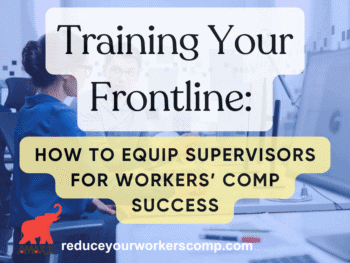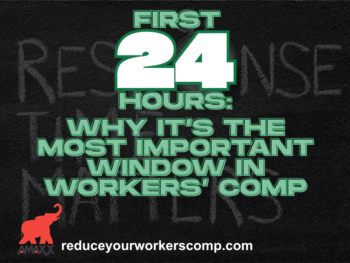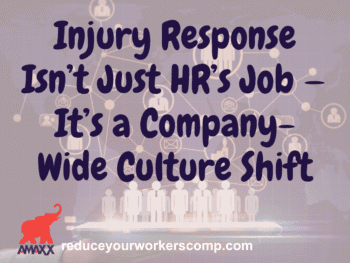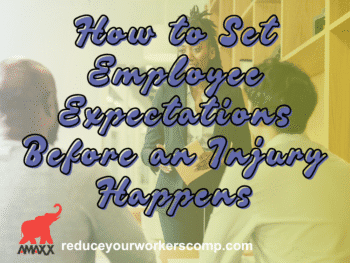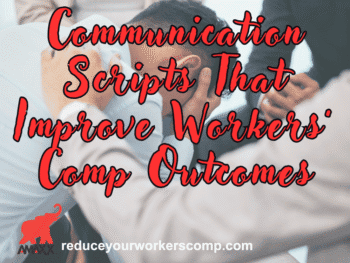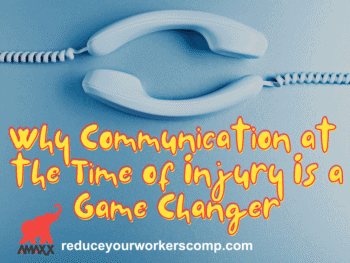While this article applies specifically to New York, the concepts are applicable in every state. Attendance at hearings supports the employee and gives the employer a whole new perspective of the situation.
When the NY comp law was passed in 1914 hearings were held only when there were unanticipated problems to resolve. Other than a hearing officer (then called a “referee”) the only people to attend were the employer and the employee. If an award was made , the employer often paid it on the spot, in cash.
Gradually, that all changed. Today the hearings are attended by the employee, a carrier’s representative (often an attorney), perhaps an attorney for the employee, a law judge and a stenographer. But rarely an employer.
Employers are almost never seen unless they are called to testify in a contested claim – hardly a pleasant introduction to a system that one employee in thirty encounters every year. Yet employers are not barred from attending. And why should they be since in truth, they are the only ones paying, through premiums, for everyone and everything seen at a hearing?
So, what reason, other than curiosity, would an employer have for being at a hearing? The presence of the second most important party to a claim, the employer, forces all other persons present to behave in a far more professional manner and produces faster and more accurate adjudications. This is precisely why many persons prefer the lax, informal setting when the employer is not present.
The most important service the employer can provide is support for a valued worker in a time of need. Often the employer’s presence can bring to a halt an unwarranted contest of a claim before it becomes entrenched. The employer makes an impression on the law judge that is dangerous to ignore.
The knowledge gained by going to hearings will result in far less disruption to the workplace in future hearings. Without occasional attendance the employer is inviting higher comp costs, at least, and deadly misunderstandings. Listening to a person, often a worker, trying to describe their experiences in the comp system will make little sense without actual knowledge of the process.
In 1993 an FBI agent in the New York City office was assigned to create an insurance fraud unit and wanted to know how to learn the essentials of the work comp process as accurately as possible. He was told to dress in casual clothes, bring a newspaper and sit in the area where the workers were waiting for their hearing to be called. After two hours he agreed that he was unlikely to learn that much in any other way.
Attorney Theodore Ronca is a practicing lawyer from Aquebogue, NY. He is a frequent writer and speaker, and has represented employers in the areas of workers’ compensation, Social Security disability, employee disability plans and subrogation for over 30 years. Attorney Ronca can be reached at 631-722-2100.
WC Cost Calculator www.ReduceYourWorkersComp.com/calculator.php REAL COST of work comp.
WC 101 www.ReduceYourWorkersComp.com/workers_comp.php for the basics about workers comp.
Do not use this information without independent verification. All state laws are different. Consult with your corporate legal counsel before implementing any cost containment programs.
©2008 Amaxx Risk Solutions, Inc. All rights reserved under International Copyright Law. If you would like permission to reprint this material, contact Info@WorkersCompKit.com





